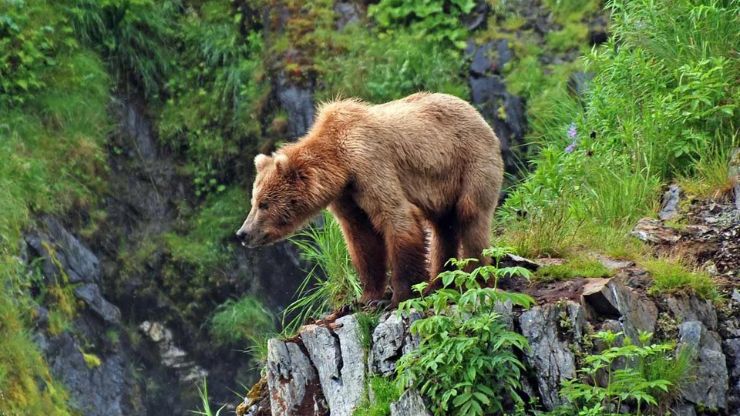Stunning locations for wildlife watching – Wildlife watching offers a profound connection to the natural world, allowing enthusiasts to witness the beauty and diversity of life in its purest form. It entails observing animals in their natural habitats, offering insights into their behaviors, interactions, and adaptations to their environments. From the sweeping savannas of Africa to the pristine rainforests of South America, the world is dotted with stunning locations where wildlife thrives. These experiences not only inspire awe and wonder but also foster a deep appreciation for the delicate balance of ecosystems and the need for conservation efforts to protect them. Whether tracking the elusive tiger in India’s Ranthambore National Park or marveling at the vibrant marine life of Australia’s Great Barrier Reef, wildlife watching transcends borders and cultures, uniting people in a shared love for the natural world. As more individuals seek meaningful encounters with wildlife, these experiences serve as reminders of our responsibility to safeguard the planet and its inhabitants for future generations.
Table of Contents
ToggleStunning locations for wildlife watching
Serengeti National Park, Tanzania:
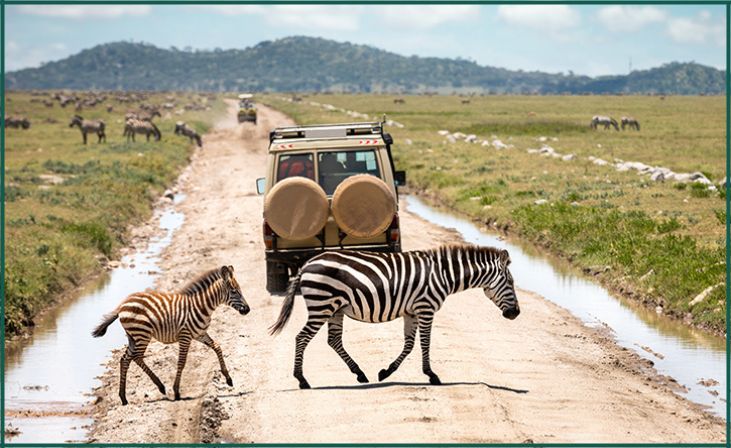
Serengeti National Park, spanning approximately 14,750 square kilometers, is a UNESCO World Heritage Site and one of the most renowned wildlife destinations in Africa. Its vast savannahs provide the backdrop for the Great Migration, one of the most spectacular natural events on Earth. This annual migration involves millions of wildebeest, zebra, and gazelles moving in search of fresh grass and water, accompanied by predators like lions, cheetahs, and hyenas. Apart from the migration, Serengeti is home to an incredible array of wildlife, including over 500 bird species and large populations of elephants, giraffes, buffaloes, and hippos. Visitors can explore the park through game drives, guided walks, and even hot air balloon safaris, offering unique perspectives of the landscape and its inhabitants.
Also, Read – 7 Great Lakes Must-Visit Destinations & Roadside Attractions
Galápagos Islands, Ecuador:

The Galápagos Islands, located in the Pacific Ocean about 1,000 kilometers off the coast of Ecuador, are famous for their unique and diverse wildlife. The islands played a significant role in shaping Charles Darwin’s theory of evolution, and their inhabitants include species found nowhere else on Earth. Visitors to the Galápagos can encounter marine iguanas basking on volcanic rocks, giant tortoises lumbering through the highlands, and blue-footed boobies performing their distinctive courtship dances. Snorkeling and diving around the islands offer opportunities to swim with sea lions, sea turtles, and colorful fish in crystal-clear waters. Conservation efforts are strong in the Galápagos, with strict regulations in place to protect the fragile ecosystems and endemic species that call this archipelago home.
Kruger National Park, South Africa:
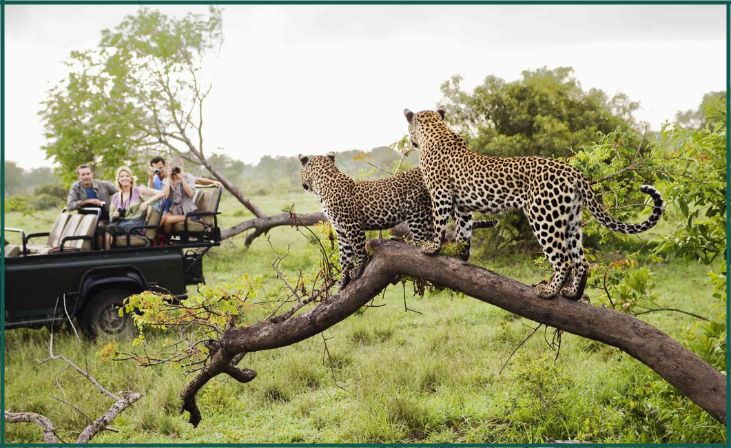
Kruger National Park, covering nearly 20,000 square kilometers in northeastern South Africa, is one of the largest and oldest game reserves on the continent. Its diverse landscapes, ranging from savannahs and woodlands to rivers and mountains, support an abundance of wildlife. Kruger is famous for the Big Five – lions, leopards, elephants, buffaloes, and rhinoceros – but visitors can also spot cheetahs, hippos, crocodiles, and over 500 bird species. The park offers various accommodation options, from luxury lodges to rustic campsites, catering to all types of travelers. Guided game drives and walking safaris provide opportunities to explore the park and learn about its inhabitants, while night drives offer a chance to see nocturnal species in action.
Yellowstone National Park, USA:
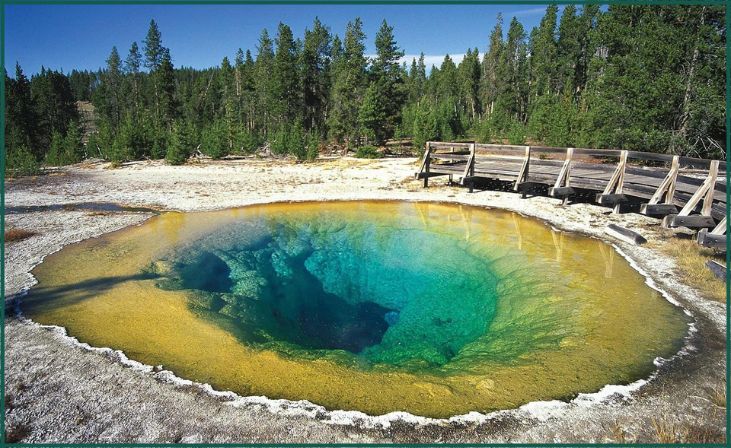
Yellowstone National Park, established in 1872 as the world’s first national park, is a UNESCO World Heritage Site located primarily in the U.S. states of Wyoming, Montana, and Idaho. It is renowned for its geothermal features, including geysers, hot springs, and mud pots, but it’s also a haven for wildlife. Yellowstone is home to one of the largest and most intact temperate ecosystems in the world, supporting a wide variety of animals. Visitors can observe iconic species such as wolves, grizzly bears, bison, elk, and bighorn sheep against the backdrop of dramatic landscapes. The park offers numerous opportunities for wildlife watching, including scenic drives, hiking trails, and ranger-led programs. Wildlife enthusiasts can also visit Lamar Valley, often referred to as the “Serengeti of North America,” to spot wolves, bison herds, and other wildlife.
Don't just scroll, subscribe!
BuzzTrail's unique web-stories are the cure for boredom you've been waiting for.
Amazon Rainforest, South America:

The Amazon Rainforest, often described as the “lungs of the Earth,” is the largest tropical rainforest in the world, spanning nine countries in South America. It harbors unparalleled biodiversity, with millions of species of plants, animals, and insects, many of which have yet to be discovered by science. Wildlife enthusiasts visiting the Amazon can encounter iconic species such as jaguars, sloths, monkeys, and pink river dolphins, as well as a myriad of bird species including toucans, parrots, and macaws. Exploring the Amazon involves venturing into remote and pristine habitats, whether by boat, on foot, or via canopy platforms, and immersing oneself in the sights and sounds of the rainforest. Responsible tourism is essential in the Amazon to ensure the protection of its fragile ecosystems and indigenous cultures that rely on them.
Also, Read – 7 Places To Retire That Are Just Like Arizona but Way Cheaper
Maasai Mara National Reserve, Kenya:
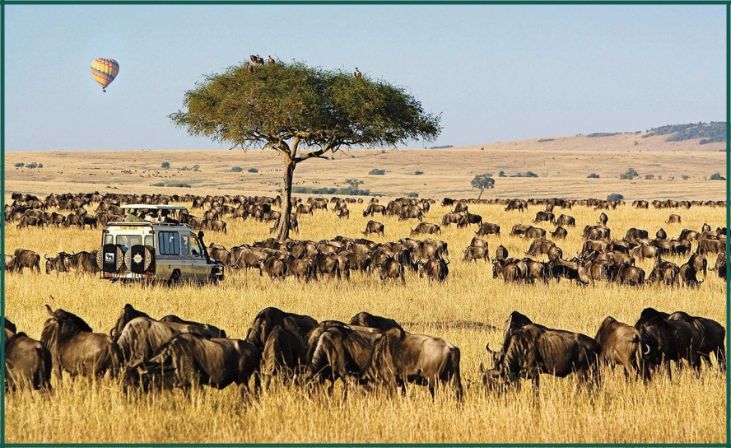
Maasai Mara National Reserve, located in southwestern Kenya along the Tanzanian border, is world-renowned for its spectacular wildlife and the annual Great Migration. The reserve is part of the larger Serengeti ecosystem and hosts a vast array of wildlife, including the Big Five – lions, leopards, elephants, buffaloes, and rhinoceros – as well as cheetahs, hyenas, giraffes, and wildebeests. The highlight of a visit to Maasai Mara is witnessing the Great Migration, where millions of wildebeests, zebras, and gazelles traverse the savannah in search of greener pastures, closely followed by predators. Apart from the migration, visitors can enjoy game drives, guided walks, and cultural experiences with the Maasai people, who have coexisted with wildlife for centuries. Hot air balloon safaris offer a unique perspective of the landscape, especially during the migration season when the plains are teeming with animals.
Corcovado National Park, Costa Rica:
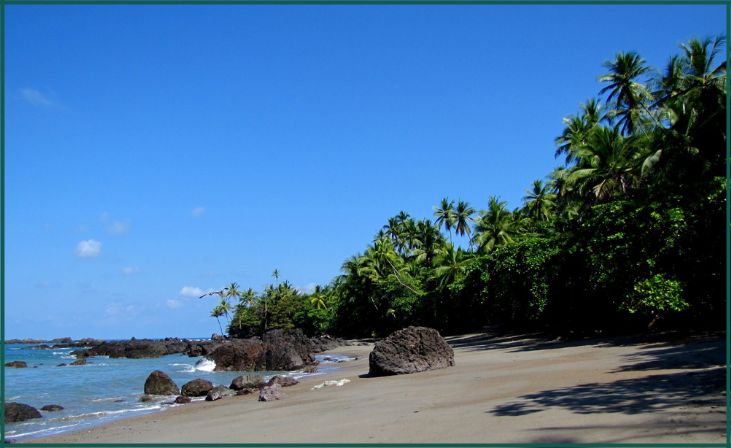
Corcovado National Park, located on the Osa Peninsula in southwestern Costa Rica, is often referred to as the “crown jewel” of the country’s national park system. It encompasses over 400 square kilometers of pristine rainforest, mangroves, and coastal habitats, making it one of the most biodiverse regions on the planet. Corcovado is home to an incredible array of wildlife, including jaguars, tapirs, scarlet macaws, and all four monkey species found in Costa Rica – howler, spider, squirrel, and capuchin monkeys. The park’s remote location and rugged terrain have helped preserve its rich biodiversity, attracting adventurous travelers and nature enthusiasts from around the world. Visitors can explore Corcovado through guided hikes led by knowledgeable naturalist guides, offering opportunities to observe wildlife in their natural habitat and learn about the intricate ecosystems that sustain them. Snorkeling and diving off the coast of the Osa Peninsula provide glimpses of vibrant coral reefs and marine life, completing the immersive wildlife experience in this tropical paradise.
Conclusion
In conclusion, the world’s stunning locations for wildlife watching offer invaluable opportunities to connect with nature, fostering appreciation and understanding of our planet’s biodiversity. As we venture into these habitats, we must prioritize responsible and sustainable tourism practices to preserve these ecosystems for generations to come. Through conservation efforts and continued appreciation for the wonders of wildlife, we can ensure that these natural treasures remain accessible and thriving. Let us cherish and protect these invaluable landscapes, embracing the responsibility to safeguard the rich tapestry of life that enriches our world.
FAQs
What makes a location ideal for wildlife watching?
What makes a location ideal for wildlife watching?
Ideal locations for wildlife watching boast diverse ecosystems, abundant wildlife populations, and accessibility for visitors, often within protected areas such as national parks or reserves.
How can I prepare for a wildlife-watching trip?
How can I prepare for a wildlife-watching trip?
Research the target species, climate, and terrain of your chosen destination. Pack appropriate clothing, binoculars, cameras, and field guides. Familiarize yourself with local regulations and guidelines for wildlife viewing.

